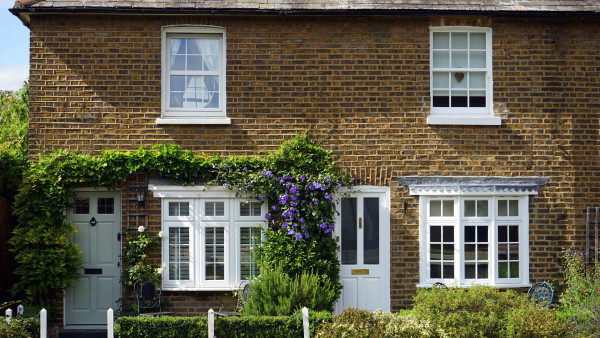The amount of RNRB available is reduced by £1 for every £2 by which the deceased’s net estate exceeds the ‘taper threshold’ of £2m.
RNRB bear traps to watch out for
Because the RNRB is still very new, it is possible to overlook how traditional estate planning strategies can inadvertently reduce the amount of relief available to an estate.
Here are four potential ‘bear traps’ to watch out for.
Bear trap #1: Making gifts during the homeowner’s life
The RNRB is an additional allowance that applies on the death of a homeowner. So if the home is transferred to children as a lifetime gift, the RNRB will not be available to offset against that transfer.
By contrast, if the home is left to children on death, the RNRB will be available.
This is an important difference between the RNRB and the £325,000 nil-rate band.
Bear trap #2: Leaving a home to a discretionary trust
You may have a client who plans to settle their home into trust by will when they die.
Will the RNRB be available in this scenario? That depends on the type of trust.
If it is a discretionary trust, the RNRB will not be available in most instances, even if the potential beneficiaries are children or grandchildren.
In addition, the RNRB will not apply to any transfers of property into discretionary trust made during someone’s lifetime.
Bear trap #3: The size of the second spouse’s estate
At first glance, £2m may seem a generous point for the taper restriction to start on an individual basis.
However, in a typical married couple scenario, the second spouse may well need to do some planning once they receive the first spouse’s assets if they want to benefit from the RNRB in full.
Bear trap #4: Assets that count towards the £2m threshold
It’s important to be aware that the set of assets that count towards the deceased’s net estate is not necessarily the same set of assets on which inheritance tax will have to be paid.
So, for example, if a client plans to make a charitable donation on death, the amount donated would not usually be taxable for inheritance tax purposes but as it will be part of the net estate at death, it would still count towards the £2m threshold.
The same is true for assets that qualify for Agricultural Property Relief or Business Property Relief, including those that have been held for more than two years.
While those assets are zero-rated for the inheritance tax calculation, they’re still part of the estate. As such they would reduce the amount of RNRB available if they push the estate value over the £2m taper threshold.











